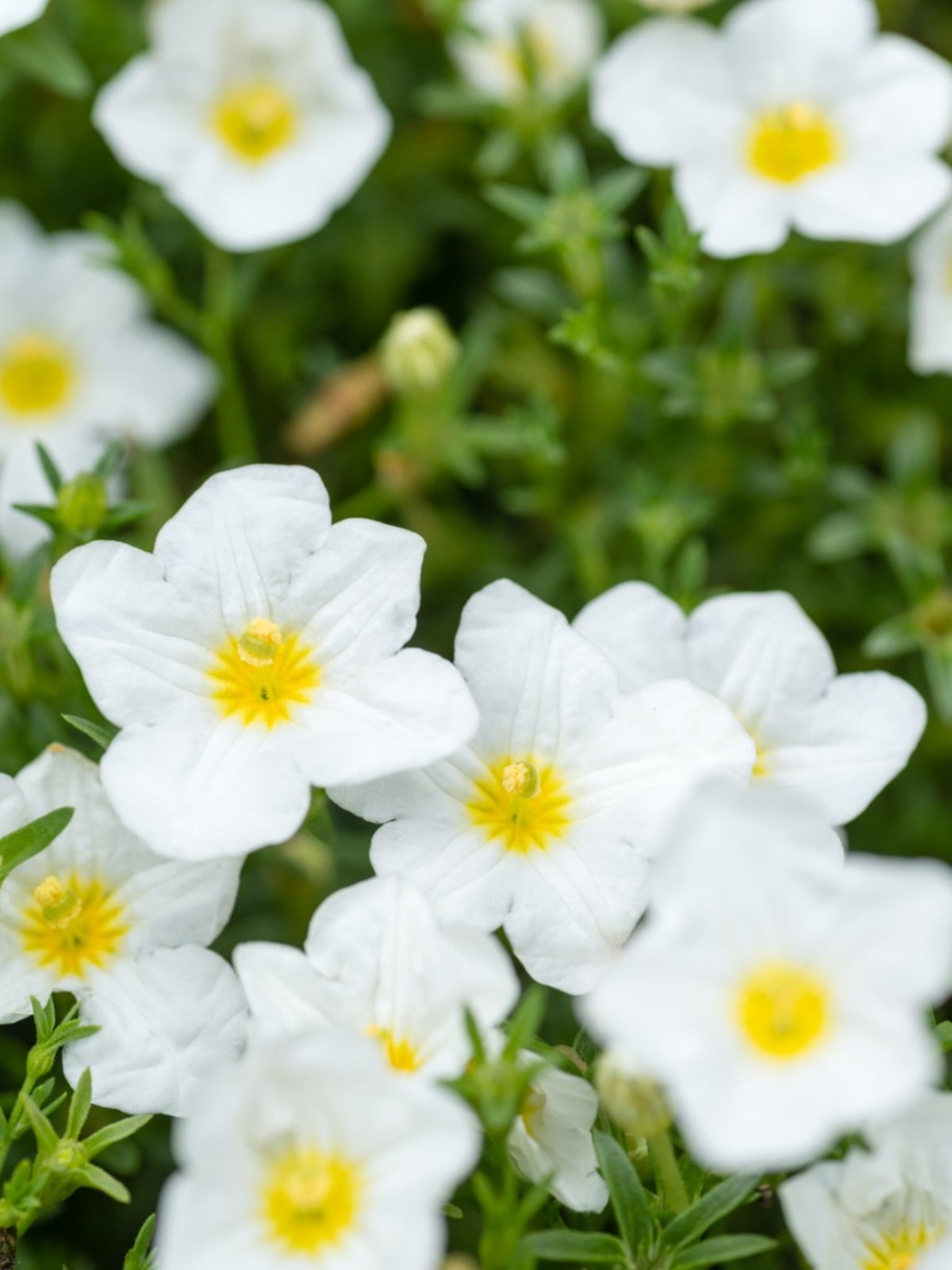Growing Cupflower Nierembergia: Information On Nierembergia Care


Also known as cupflower, Nierembergia is a low-growing annual with attractive foliage and masses of purple, blue, lavender or white, star-shaped flowers, each with a deep purple center. Growing Nierembergia plants is easy, and Nierembergia care is a piece of cake. Read on for specifics.
Nierembergia Cupflower Information
Cupflower Nierembergia is native to South America. Although cupflower is generally classified as an annual, it can be grown year round in USDA planting zones 9 through 11. Nierembergia cup flowers work well along a garden path or border, but this lovely little summer bloomer really shines in a container or hanging basket, which allows the flowers and feathery foliage to trail over the side of the container.
Growing Nierembergia Plants
You may find cupflower Nierembergia bedding plants at your local garden center, but the plant is easily grown by seed. Plant seeds outdoors a week or two before the last expected frost in spring, or start them indoors six to eight weeks ahead of time. Germination takes two to four weeks in warm temperatures. Keep in mind that Nierembergia cupflowers require rich, well-drained soil. The plant generally tolerates full sunlight or partial shade. However, if you live in a hot climate, direct afternoon sunlight may be too intense.
Nierembergia Care
Water cupflower Nierembergia regularly to keep the soil moist, but not drenched. A layer of mulch helps keep the roots cool and moist. Fertilize regularly using any general-purpose or time-release fertilizer according to label recommendations. Alternatively, apply a layer of compost or well-rotted animal manure. Deadheading wilted flowers keeps the plant blooming until the first frost. If you live in a warm climate and you’re growing Nierembergia as a perennial, cut the plant to the ground in autumn.
Propagating Nierembergia Cupflowers
Autumn is the best time to take cuttings for propagation of new plants, or you can save a few dried seedpods to plant the following spring. Perennial plants can be divided in spring.
Gardening tips, videos, info and more delivered right to your inbox!
Sign up for the Gardening Know How newsletter today and receive a free copy of our e-book "How to Grow Delicious Tomatoes".

A Credentialed Garden Writer, Mary H. Dyer was with Gardening Know How in the very beginning, publishing articles as early as 2007.
-
 Looking For Plants To Give You The Soft And Fuzzies? Try These 5 Fuzzy Leaf Plant Options
Looking For Plants To Give You The Soft And Fuzzies? Try These 5 Fuzzy Leaf Plant OptionsLovers of texture, drama, silver foliage and tactile plants will adore these special sensory garden additions. These fuzzy leaf plant options will leave you all aglow
By Susan Albert
-
 Get Ready For A Summer Of Hummers! Grow These Full Sun Hummingbird Plants and Flowers
Get Ready For A Summer Of Hummers! Grow These Full Sun Hummingbird Plants and FlowersIf you’re lucky enough to enjoy a sunny backyard, make sure you are maxing out on your pollinator opportunities and grow these full sun hummingbird plants and flowers
By Tonya Barnett